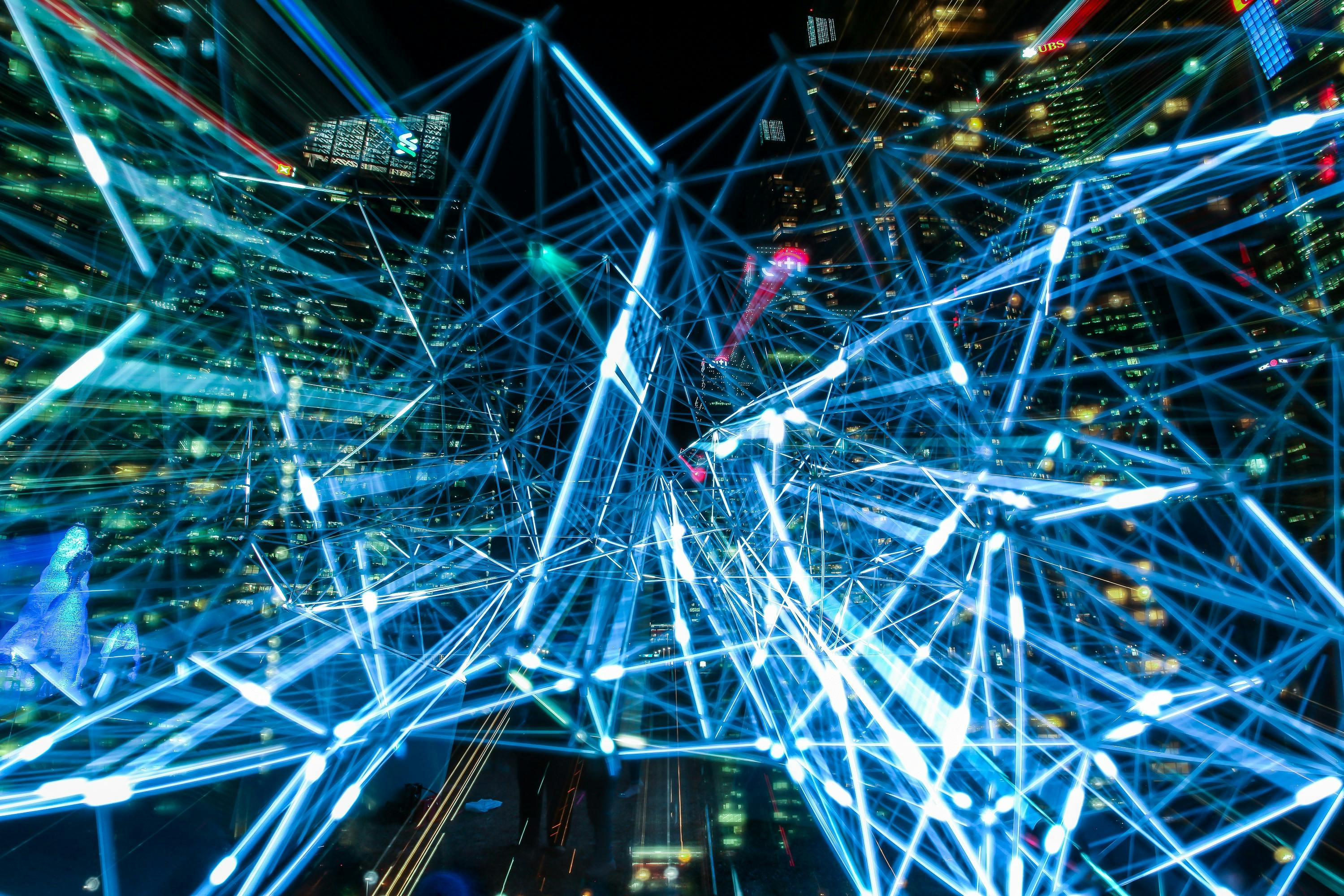Deep Learning: The AI Revolution Powering Tomorrow’s World
Published on April 28, 2025 by Nathirsa

What is Deep Learning?
Deep learning is a branch of artificial intelligence (AI) and machine learning that uses multilayered artificial neural networks to simulate how the human brain processes information, recognizes patterns, and makes decisions. These networks learn from vast amounts of data, extracting features and making predictions or classifications without explicit programming.
Why Does Deep Learning Matter?
Deep learning matters because it enables computers to perform complex tasks that previously required human intelligence, such as recognizing speech and images, translating languages, powering self-driving cars, diagnosing diseases in medical images, and detecting fraud in financial transactions. Its ability to analyze massive datasets and find subtle patterns has led to breakthroughs in industries like healthcare, finance, transportation, and entertainment.
How Does Deep Learning Work?
Deep learning models consist of multiple layers of interconnected nodes (neurons). Each layer processes input data, extracts features, and passes information to the next layer. As the network “learns,” it adjusts the connections (weights) to improve accuracy.
- Input Layer: Receives raw data (images, text, audio)
- Hidden Layers: Extract features and patterns
- Output Layer: Produces predictions or classifications
The more layers, the “deeper” the network-hence the name deep learning.
Deep Learning vs. Machine Learning
| Feature | Machine Learning | Deep Learning |
|---|---|---|
| Feature Engineering | Manual | Automatic |
| Data Requirements | Less data needed | Requires large datasets |
| Model Structure | Shallow (few layers) | Deep (many layers) |
| Performance | Good for simple tasks | Excels at complex tasks |
| Example | Decision trees, SVM | Neural networks, CNNs, RNNs |
Real-World Applications of Deep Learning
- Healthcare: Detecting diseases from X-rays and MRIs, predicting patient outcomes
- Finance: Fraud detection, algorithmic trading, credit risk assessment
- Transportation: Autonomous vehicles, traffic prediction
- Retail: Personalized recommendations, inventory management
- Entertainment: Voice assistants, content recommendations, image enhancement
Why Is Deep Learning Trending in 2025?
With the explosion of data and affordable computing power, deep learning is at the heart of today’s AI revolution. It’s driving innovation in generative AI (like ChatGPT), robotics, and even creative fields such as music and art.
Reviews: What Experts and Users Say
“Deep learning is the driving force behind numerous advancements in artificial intelligence and is responsible for powering technologies like speech recognition, image analysis, and natural language processing.”
“Its high recognition accuracy is crucial for applications where safety is a major factor, such as autonomous cars or medical devices.”
Related Resources
FAQ: Deep Learning
What is deep learning in simple terms?
Deep learning is a type of AI where computers learn to recognize patterns and make decisions by processing data through many layers, similar to how the human brain works.
Why is deep learning important today?
It enables automation of complex tasks, improves accuracy in predictions, and powers innovations in fields like healthcare, finance, and transportation.
What are the main types of deep learning?
Supervised learning, unsupervised learning, and reinforcement learning.
No comments: